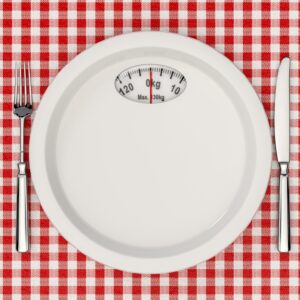Intermittent Fasting from Nutrition Facts
Kristen Sparrow • March 07, 2020

 I just learned about this website from friend Kathleen (thanks!!). I will be digging further into the website as time goes on. Intermittent fasting is something to consider as a long term strategy to keep weight down without having to go on a calorie restriction diet.
I just learned about this website from friend Kathleen (thanks!!). I will be digging further into the website as time goes on. Intermittent fasting is something to consider as a long term strategy to keep weight down without having to go on a calorie restriction diet.
Fasting is the practice of abstaining from food for a period of time, while caloric restriction is a dietary regimen that simply reduces caloric intake. The greatest caloric restriction is no calories at all. Fasting has been branded the “next big weight loss fad” but has a long history throughout various spiritual traditions, practiced by Moses, Jesus, Muhammed, and Buddha. Today, about one in seven American adults report using some sort of fasting as a means to control body weight.
Rather than cutting calories day in and day out, what if, instead, you just ate as much as you wanted every other day? Or for only a few hours a day? Or what if you fasted two days a week or five days a month? These are all examples of intermittent fasting regimens, which I cover in my book How Not to Diet, and they may even be the way we were built to eat. Three meals every day may be a relatively novel behavior for our species. For millennia, our ancestors often may have consumed only one large meal a day or went several days at a time without food.
Intermittent fasting is often presented as a means of stressing our bodies—in a good way—and some forms may be safe and effective (and it’s safe to say cost-effective when it comes to your grocery bills), but apparently no more so for weight loss than continuous caloric restriction. However, combining intermittent-fasting regimens, such as early or midday time-restricted feeding with a healthier diet during the feeding windows, may prove to be particularly powerful. The weight may be worth the

